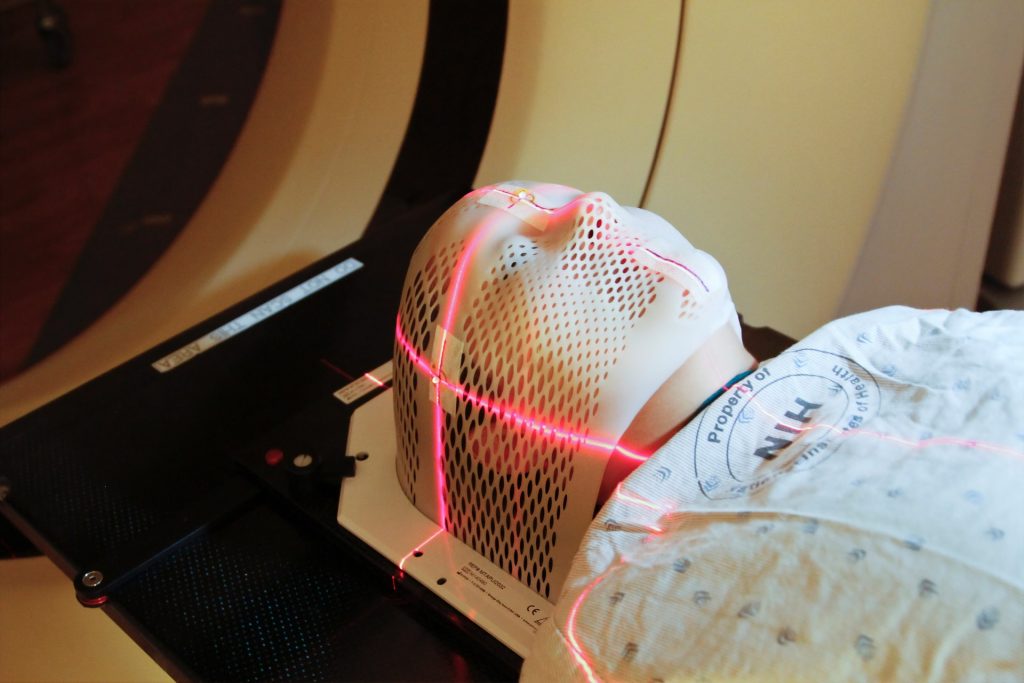Treating Radiation-induced Skin Injuries with Aspirin Hydrogels

Radiation is a powerful tool for treating cancer, but prolonged exposure can damage the skin. Radiation-induced skin injuries are painful and increase a person’s chances of infection and long-term inflammation. Now, researchers in ACS Biomaterials Science & Engineering report an aspirin-containing hydrogel that mimics the nutrient-rich fluid between cells and accelerates healing of skin damaged by radiation in animals. With further development, the new salve could provide effective and rapid wound healing for humans.
Most people undergoing radiotherapy for cancer will experience radiation-induced skin injury that can include redness, pain, ulcers, necrosis and infection. There are few treatments for these wounds, with the most common methods being debridement and hyperbaric oxygenation. Wound dressings made from hydrogels are gaining popularity because they are easy to apply and provide a wet environment for healing that is similar to the inside of the body. Glycopeptide-based hydrogels are especially promising: In laboratory and animal studies, the nanofibre structures have promoted cellular growth and regulated cell adhesion and migration. A research team led by Jiamin Zhang, Wei Wang, Yumin Zhang and Jianfeng Liu proposed loading aspirin, a common anti-inflammatory drug, into a glycopeptide-based hydrogel to create a multifunctional wound dressing for radiation-induced skin injuries.
In lab tests with cultured cells, the researchers found that the aspirin-contained hydrogel scavenged reactive oxygen species, repaired DNA double-strand breaks and inhibited inflammation caused by radiation exposure without affecting cellular growth. In mouse models of radiation-induced skin injury, the researchers found that dressing wounds for three weeks with the salve reduced acute injuries and accelerated healing – results that the team says point to its potential as an easy-to-administer, on-demand treatment option for reducing radiation damage and promoting healing in humans.
Source: American Chemical Society

